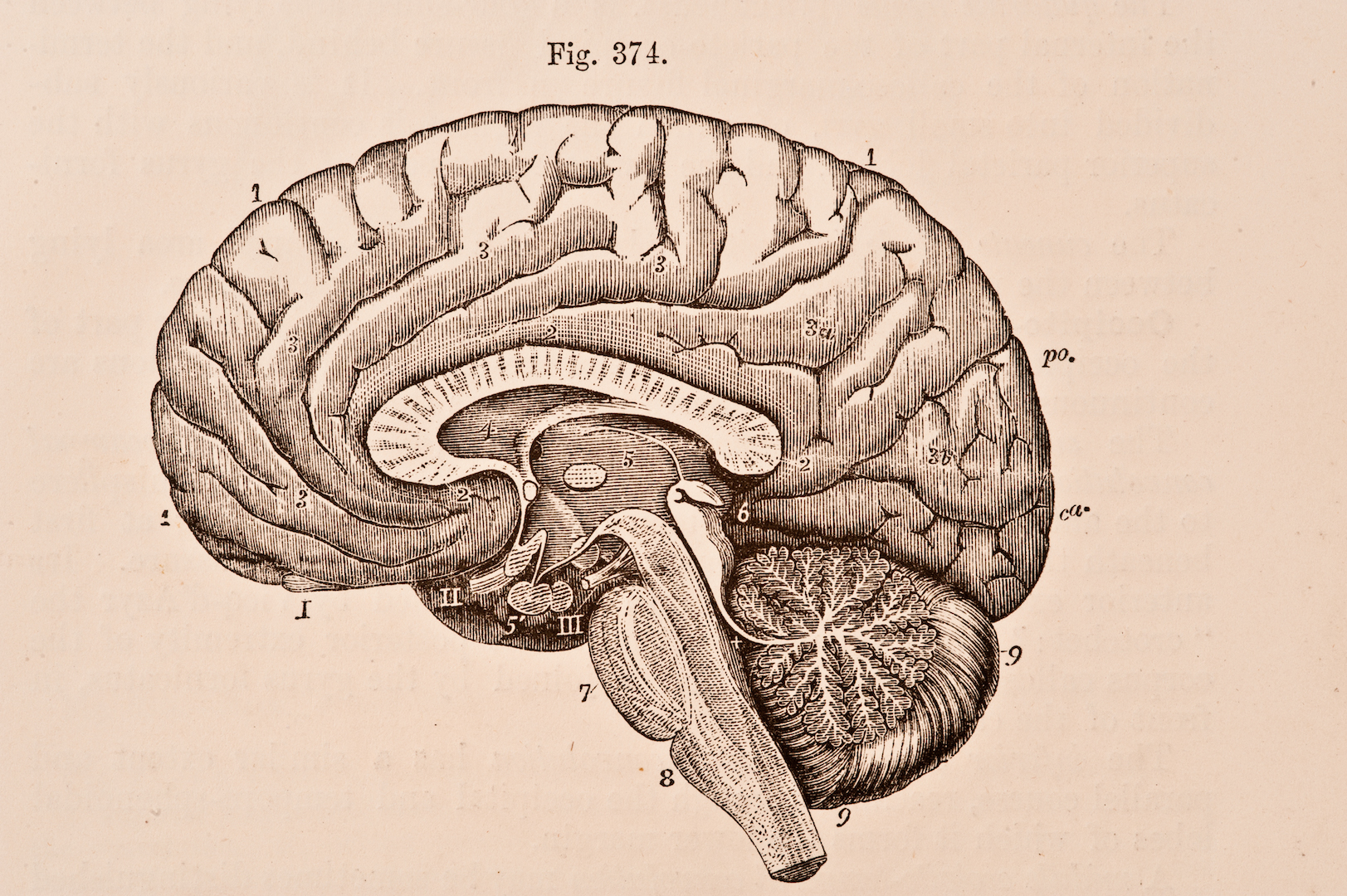Describe the Techniques That Scientists Use to Study the Brain
Position emission tomography provides a computerized image of the brain or other body parts MRI magnetic resonance imaging provided a detailed image of soft matter of the brain and other body parts. Positron emission tomography PET scans show brain processes by using the sugar glucose in the brain to illustrate where neurons are firing.

Consciousness Is An Elusive Realm Of Science That Has Confused And Incited Scientists Fo Slow Aging Transcranial Direct Current Stimulation Taking Cold Showers
Modern imaging methods such as MRI Magnetic Resonance Imaging scans use strong magnetic fields and radio waves to show details of brain structure and function.

. On a microscopic level they also examine neurons. Static imaging allows scientists to view the living brain and detect the structural changes. Transcranial focused ultrasound FUS is capable of modulating the neural activity of specific brain regions with a potential role as a non-invasive computer-to-brain interface CBI.
They take pictures of healthy brains and compare them to diseased brains. It can measure changes in synaptic activity in nerves which can help to diagnose and treat conditions such as. Magnetoencephalography is an imaging technique used to measure the magnetic fields produced by electrical activity in the brain via extremely sensitive devices known as SQUIDs.
Compare and contrast the techniques that scientists use to view and understand brain structures and functions. Describe the techniques that scientists use to image or study the brain including their advantages and limitations. Discuss what fMRI research has revealed about behavior and mental processes.
Scientists use many methods to study the brains structure and function. New technologies experimental methods and animal experimentation have led to an increased understanding of. The complex phenomenon of memory is explored by combining evidence from many areas of research.
Each technique has its own advantages and each provides different information about brain structure and function. Name the structures of the forebrain and describe their functions. Summarize the primary functions of the CNS and the subsystems of the PNS.
Other techniques that scientists use to investigate function in the living brain include single photon emission computed tomography SPECT functional magnetic resonance imaging fMRI and electroencephalography EEG. See The Hindbrain 20. Name and define the structures in the hindbrain.
In conjunction with the use of brain-to-computer interface BCI techniques that translate brain function to generate computer commands we investigated the feasibility of. Describe the techniques that scientists use to study the brain. Superconducting quantum interference device These measurements are commonly used in both research and clinical settings.
Electroencephalography EEG is used to show brain activity under certain psychological states such as alertness or drowsiness. The three most common and most frequently used measures are functional Magnetic Resonance Imaging fMRI magnetoencephalography MEG and electroencephalography EEG. Here are some of the techniques used to study and help the human brain.
The patient lies on a bed within a large cylindrical structure containing a very strong magnet. By combining functional brain imaging with sophisticated experimental designs and data analysis methods functions of brain regions and their interactions can be. Advanced noninvasive neuroimaging techniques such as EEG and fMRI allow researchers to directly observe brain activities while subjects perform various perceptual motor andor cognitive tasks.
Of these methods EEG is the most versatile and cost-efficient. Functional magnetic resonance imaging fMRI A neuroimaging technique that uses a magnetic field to create images of brain structure and function. What Can fMRI Tell Us About Behavior and Mental Processes 19.
Functional Imaging is a method which allows scientists to detect electrical and chemical activities of the brain. Explain how the electrical components of the nervous system and the chemical components of the endocrine system work together to influence behaviour. Describe the functions associated with the midbrain.
In addition they examine brains taken from humans primates and small mammals and try to understand how invertebrates smaller nervous systems work. The study of memory incorporates research methodologies from neuropsychology human development and animal testing using a wide range of species. There are many different methods to go about capturing information on brain structures and functions.
Name the structures of the hindbrain and describe their functions. Describe the techniques scientists use to study the brain. Positron emission tomography PET electroencephalography EEG and magnetoencephalography MEG functional near-infrared spectroscopy fNIRS One of the benefits of brain imaging is how easily it.
Describe the basic structure of the brain including the locations of the hindbrain midbrain and forebrain and their important components. Better known as an EEG this technique uses electrodes placed over the scalp to record the electrical activity of the brain with a particular focus on the cerebral cortex. Is a type of brain scan that uses a magnetic field to create images of brain activity in each brain area.

Picking The Connectome Data Lock Human Brain Neuroscience Neurology

The Science Of Mind Reading The New Yorker

Pin On Best Brain Possible Blogs

Obama Unveils Bold Plan To Map The Human Brain Human Brain 10 Things Brain Health

Brain Anatomy News Articles The Scientist Magazine

Human Brain Facts Functions Anatomy Live Science

Random Brain Fact The Brain Is So Complex We Love It Brain Facts Brain Activities Body Organs

Introduction The Human Brain New Scientist

How Do Scientists Study The Brain Dana Foundation

Scientists Uncover Brain Region That Controls Fear Of The Unknown Human Memory What Is Autism Fun Science

Why Your Brain Is Not A Computer Neuroscience The Guardian

How Do Scientists Study The Brain Dana Foundation







Comments
Post a Comment